Home>Garden Essentials>How Do Birds Help Spread The Seeds Of Berries
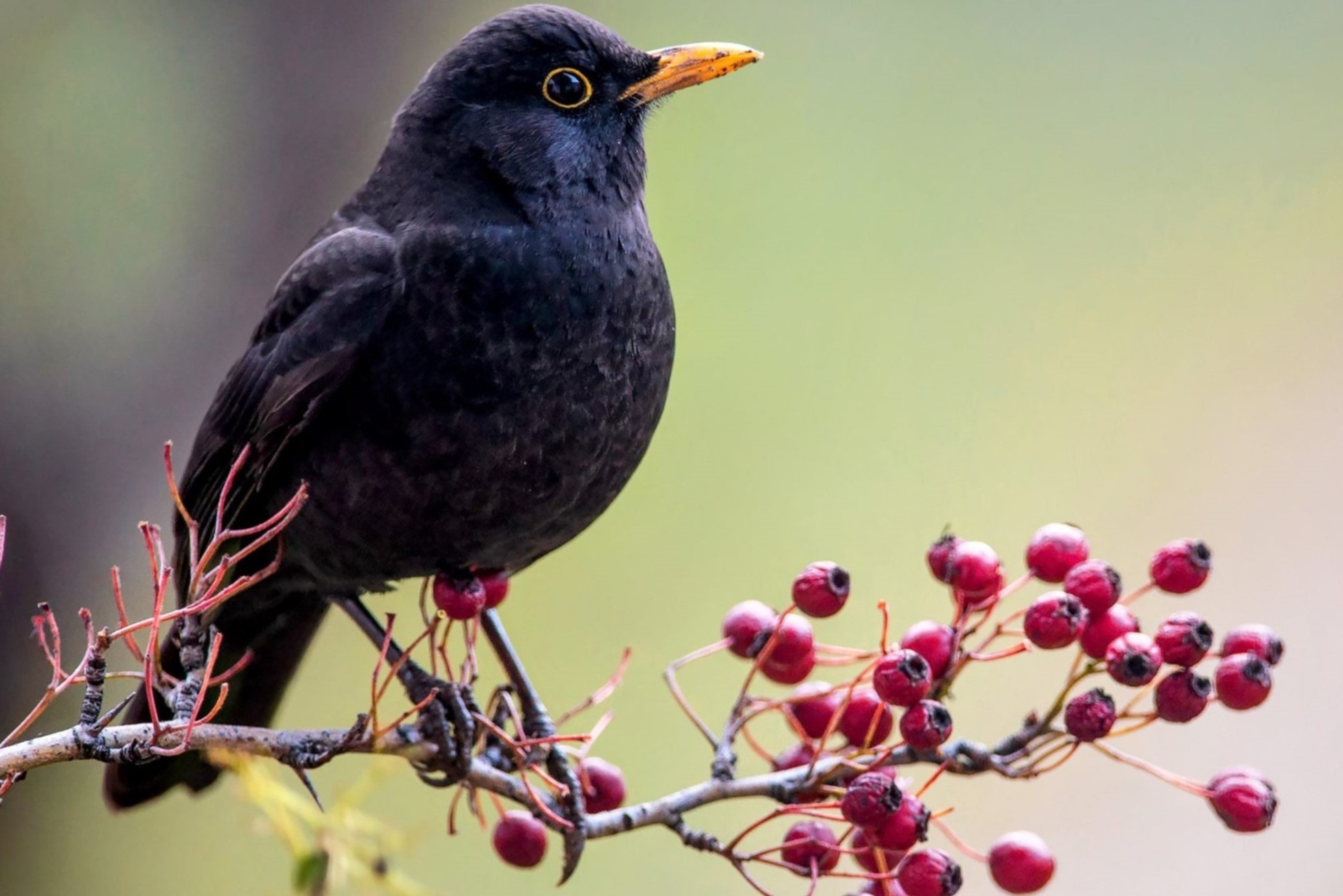

Garden Essentials
How Do Birds Help Spread The Seeds Of Berries
Modified: March 15, 2024
Discover how birds contribute to the spread of berries in your garden and learn the fascinating ways they help disperse seeds, promoting biodiversity and growth.
(Many of the links in this article redirect to a specific reviewed product. Your purchase of these products through affiliate links helps to generate commission for Storables.com, at no extra cost. Learn more)
Introduction
Birds are not only admired for their beautiful plumage and melodic songs, but they also play a crucial role in the ecosystem as seed dispersers. In particular, many bird species are instrumental in spreading the seeds of berries, contributing to the growth and distribution of plants across various habitats.
The process of seed dispersal is essential for the survival and propagation of plant species. Without this mechanism, plants would be limited to specific areas, hindering their ability to colonize new habitats and adapt to changing environments. Birds have co-evolved with plants over millions of years, forming a mutually beneficial relationship that benefits both parties.
In this article, we will explore the symbiotic relationship between birds and berries, highlighting the vital role that birds play in the dispersal of berry seeds. We will delve into the mechanisms by which birds consume and disperse these seeds, and discuss the advantages of seed dispersal by birds. Furthermore, we will provide examples of bird-mediated seed distribution and examine the impact of birds on the distribution of berry plants.
This article aims to shed light on the important ecological function performed by birds in the realm of seed dispersal, specifically focusing on their role in propagating berries. By understanding and appreciating the contributions of birds, we can develop a deeper appreciation for the intricate web of connections that sustains our natural world.
Key Takeaways:
- Birds play a crucial role in spreading berry seeds, helping plants grow in new areas and adapt to changing environments. This benefits both birds and plants in a mutually beneficial relationship.
- By eating berries, birds unknowingly help plants by dispersing seeds through their droppings, promoting genetic diversity, and creating diverse and resilient ecosystems. This highlights the important role birds play in maintaining the balance of natural habitats.
Importance of Birds in Seed Dispersal
Birds are key players in the process of seed dispersal, facilitating the movement of seeds to new locations where they can germinate and establish new plants. This role is especially critical for plants that rely on animals to disperse their seeds, such as many berry-producing species.
One of the primary reasons birds are so effective in seed dispersal is their ability to cover large distances. Birds have the freedom to fly across vast areas, carrying seeds within their digestive tracts or attached to their bodies. This allows them to transport seeds far away from the parent plant, reducing competition for resources between parent and offspring.
Furthermore, birds often choose specific perches or nesting sites, inadvertently dropping seeds in the process. As they move between these locations, they distribute seeds across a wider range of landscapes, contributing to the genetic diversity and population density of plants in different habitats.
The importance of birds in seed dispersal extends beyond their ability to transport seeds over long distances. Birds also play a role in selecting high-quality locations for seed deposition. Their foraging behaviors and preferences for certain fruiting plants dictate where seeds are deposited, increasing the likelihood of successful germination and growth.
Additionally, birds are known for their ability to digest and break down the tough outer layers of seeds. This process, known as scarification, can enhance germination rates by weakening seed coats and increasing water absorption. As birds consume berries and excrete the seeds, they inadvertently increase the chances of successful seed germination and establishment.
Overall, birds serve as critical agents in the dispersal of berry seeds, allowing plants to colonize new territories, expand their range, and adapt to changing environmental conditions. Without the contributions of birds, many berry-producing plants would be confined to small and isolated populations, limiting their genetic diversity and long-term survival.
Relationship Between Birds and Berries
The relationship between birds and berries is a prime example of mutualistic interactions in nature. Birds rely on berries as an important food source, while berries depend on birds for seed dispersal. This co-evolutionary relationship has shaped the adaptations of both birds and berry-producing plants over time.
Berries are highly nutritious and provide birds with a convenient and energy-dense food source. The bright colors of berries often serve as visual cues to attract birds, indicating that they are ripe and ready to be consumed. Birds, in turn, play a crucial role in spreading the seeds of these berries.
When birds eat berries, the seeds pass through their digestive systems relatively intact. Some seeds may even benefit from the bird’s digestive process, as the acids in their stomachs can break down the protective seed coating, improving their chances of germination. As birds fly and move between different locations, they unknowingly disperse the seeds through their droppings.
The relationship between birds and berries is not a one-size-fits-all scenario. Different species of birds have specific dietary preferences, which influence the types of berries they consume. For example, thrushes and thrashers are particularly fond of berries with larger seed sizes. This preference allows these birds to consume the flesh of the berry while effectively depositing the relatively large seeds further away from the parent plant.
Additionally, the timing of fruiting seasons and bird migrations often coincide. Many berry-producing plants evolve to ripen their fruits during times when migrating birds are passing through their habitats. This synchronization ensures that there is a steady supply of berries for the birds to fuel their long-distance journeys.
Another fascinating aspect of the relationship between birds and berries is the co-evolution of fruit color and bird vision. Berries have evolved to display a range of vibrant colors, including red, orange, and purple, which are easily detectable by birds. Birds, on the other hand, have developed color vision that allows them to distinguish between ripe and unripe berries, maximizing their foraging efficiency.
This mutualistic relationship between birds and berries highlights the intricate web of interdependence within ecosystems. Birds benefit from the nutritional value of berries, while berry plants rely on birds for seed dispersal and colonization of new territories. This symbiotic partnership has enabled both birds and berries to thrive and adapt in diverse habitats around the world.
Birds Consuming Berries
Birds are voracious consumers of berries, feasting on a wide variety of fruits throughout the year. The consumption of berries constitutes a significant portion of the diet for many bird species, especially during the fruiting seasons of various plant species.
When it comes to berry preference, different bird species have distinct tastes. Some birds favor specific types of berries, while others have a more varied diet. For example, the American Robin (Turdus migratorius) is known for its love of fruits such as mulberries, blackberries, and raspberries. The Cedar Waxwing (Bombycilla cedrorum) is another bird that relishes a diverse range of berries including juniper berries, elderberries, and mistletoe berries.
Birds use various feeding strategies to consume berries efficiently. They may pluck berries directly from the plant, hover in mid-air to snatch berries, or even cling upside-down to reach clusters of berries. Some birds, like the Northern Cardinal (Cardinalis cardinalis), use a technique called “gaping,” where they hold a berry between their beaks and extract the pulp by grinding or smashing it against a hard surface.
Many bird species are opportunistic feeders, consuming a wide array of berries throughout the year. They take advantage of the seasonal availability of different fruits, ensuring a varied and balanced diet. This dietary flexibility also allows birds to adapt to changes in fruiting patterns and fluctuations in berry availability due to weather conditions or plant cycles.
Consuming berries not only provides birds with a source of nutrition but also supports their overall health and survival. Berries are rich in carbohydrates, vitamins, minerals, and antioxidants, which are essential for maintaining energy levels, boosting immune systems, and promoting reproductive success in birds.
Interestingly, some birds have developed specialized adaptations to exploit the resources provided by specific types of berries. For example, the Northern Mockingbird (Mimus polyglottos) has a powerful bill that can crush even the toughest berries, enabling it to feed on a wide range of fruits, including those with hard outer coverings.
Overall, the consumption of berries plays a vital role in the ecological niche of birds. By consuming berries, birds help disperse seeds and contribute to the survival and distribution of plant species. Additionally, the nutrition obtained from berries ensures the overall well-being and resilience of bird populations in their respective habitats.
Seed Dispersal Mechanisms of Birds
Birds employ various mechanisms to disperse seeds as they consume berries, ensuring the colonization of new areas and the survival of plant species. These seed dispersal mechanisms can be categorized into two primary modes: endozoochory and epizoochory.
In endozoochory, birds consume berries, and the seeds pass through their digestive systems relatively intact. The seeds are then excreted in their droppings, often at a considerable distance from the parent plant. This mode of seed dispersal is prevalent among many bird species and contributes to the long-distance dispersal of seeds.
Endozoochory provides several advantages for seed dispersal. The digestive processes in birds can scarify the seed coat, promoting germination by breaking down the barriers to water and gas exchange. The digestive fluids also act as a nutrient-rich fertilizer, providing the seedling with essential nutrients for initial growth.
In epizoochory, seeds become attached to the external surfaces of birds, such as their feathers or beaks, and are transported to new areas. This mode of seed dispersal is more common for smaller seeds that have adapted to attach to the birds’ surfaces using sticky or adhesive substances.
Epizoochorous seed dispersal occurs when birds brush against or rub against berry-producing plants, effectively transferring the seeds to their bodies. As birds move between different locations, these seeds can become dislodged and fall off, allowing for seed dispersal across a wider range of habitats.
Both endozoochory and epizoochory play crucial roles in the seed dispersal process, with each method suited to different plant and bird species. Endozoochory is particularly advantageous for plants with seeds that benefit from scarification or nutrient enrichment, while epizoochory allows for short-distance dispersal of seeds that have mechanisms for attachment.
It is worth noting that some bird species exhibit particular behaviors or feeding techniques that enhance seed dispersal. For example, birds may repeatedly perch on the same tree branch while consuming berries, leading to seed deposition in concentrated areas known as “larder hoarding.” This behavior can result in the establishment of new plant populations near these feeding sites.
Overall, the seed dispersal mechanisms of birds are integral to the survival and expansion of plant species. Through endozoochory and epizoochory, birds contribute to the long-distance dispersal of seeds, creating opportunities for colonization and genetic diversity, while also providing ideal conditions for seed germination and growth.
Birds help spread the seeds of berries by eating the berries and then pooping out the seeds in a different location. This helps the plants to spread and grow in new areas.
Read more: How Do Dandelions Spread Their Seeds
Advantages of Seed Dispersal by Birds
Seed dispersal by birds offers several advantages that contribute to the survival and reproductive success of plant species. These advantages have shaped the evolution of both birds and plants, resulting in a mutually beneficial relationship that ensures the dispersal and colonization of seeds in diverse habitats. Here are some of the key advantages of seed dispersal by birds:
- Long-distance dispersal: Birds have the ability to cover vast distances, allowing them to transport seeds to new and often far-off locations. This long-distance dispersal is crucial for plants to colonize new habitats, escape competition from parent plants, and maximize their chances of success.
- Increased genetic diversity: By dispersing seeds over larger areas, birds promote genetic diversity within plant populations. This increased diversity enhances a population’s ability to adapt and thrive in different environmental conditions, such as variations in soil types, climate, and disease resistance.
- Optimal seed placement: Birds inadvertently select optimal locations for seed deposition through their foraging behaviors. They often choose perches or nesting sites that provide ideal conditions for seed germination and growth, such as nutrient-rich soils or protected microhabitats. This increases the chances of successful seed establishment and plant growth.
- Scarification and germination enhancement: The digestive processes of birds can scarify the tough seed coat of berries, improving seed germination rates by allowing water and gases to penetrate the seed. Additionally, bird droppings act as a nutrient-rich fertilizer, providing essential minerals and organic matter that support seedling growth.
- Localized dispersal: In addition to long-distance dispersal, birds also contribute to localized dispersal of seeds. They often remain in the same general area, leading to the establishment of clusters or aggregations of plants. This localized dispersal can promote plant reproductive success by increasing the chances of cross-pollination and facilitating interactions with other plant species.
- Diversification of plant communities: Birds consume berries from a variety of plant species, resulting in the dispersal of seeds from different plants across landscapes. This diversification of plant communities fosters complex and resilient ecosystems by increasing the variety of food sources, providing resources for other wildlife, and creating microhabitats for insects and other organisms.
Overall, the advantages of seed dispersal by birds contribute to the survival, adaptation, and genetic diversity of plant populations. This symbiotic relationship showcases the intricate interconnections and dependencies that exist within natural ecosystems, highlighting the crucial role that birds play in maintaining the health and diversity of plant life.
Examples of Bird-Mediated Seed Distribution
Bird-mediated seed distribution has profound implications for the dispersal and colonization of plant species across various ecosystems. Here are some notable examples of bird species that play a significant role in seed dispersal:
- Cedar Waxwing (Bombycilla cedrorum): The Cedar Waxwing is a gregarious bird known for its fondness of berries. This species consumes a wide array of fruits, including those produced by juniper, dogwood, and mountain ash trees. As they feed on these berries, the Cedar Waxwing inadvertently disperses the seeds through their droppings, contributing to the expansion of these plant species into new habitats.
- American Robin (Turdus migratorius): The American Robin is an iconic bird species in North America and plays a significant role in seed dispersal. Known for its preference for berries like mulberries, blackberries, and raspberries, the American Robin consumes the fruits and excretes the seeds in different locations as it moves. This helps disperse the seeds and allows for the establishment of these plant species in diverse environments.
- Gray Catbird (Dumetella carolinensis): The Gray Catbird is a common bird species in North America that consumes a wide variety of berries, including those of dogwoods, blackberries, and hollies. As it moves between different feeding areas, the Gray Catbird ingests the berries and disperses the seeds through its droppings. Its diverse diet contributes to the dispersal of multiple plant species and the colonization of new areas.
- European Starling (Sturnus vulgaris): Although considered an invasive species in North America, the European Starling plays a notable role in seed dispersal. This bird consumes a range of fruits and berries, including those from non-native plants. Through its feeding habits and wide-ranging movements, the European Starling disperses seeds and contributes to the spread of various plant species.
- Yellow-breasted Chat (Icteria virens): The Yellow-breasted Chat is a bird species found in North and Central America that feeds on a variety of fruits and berries. It plays a role in the seed dispersal of plants like Virginia creeper, poison ivy, blackberry, and pokeweed. The Yellow-breasted Chat’s movements and feeding habits contribute to the dispersal and colonization of these plant species across its range.
- Australasian Figbirds (Sphecotheres vieilloti): Found in Australia and New Guinea, Australasian Figbirds are important seed dispersers for fig trees. Their specialized beaks enable them to eat the fig fruit and disperse the seeds in their droppings. Figbirds contribute to the establishment and survival of fig tree populations in their respective habitats.
These examples highlight the diverse bird species around the world that actively participate in seed dispersal, aiding in the colonization of plants and the maintenance of plant diversity in various ecosystems.
Impact of Birds on Berry Plant Distribution
Birds play a significant role in shaping the distribution of berry plants by facilitating their dispersal and colonization in different habitats. The impact of birds on berry plant distribution is evident in several ways:
- Expansion of range: Birds aid in the expansion of berry plants’ geographical range. By consuming berries and dispersing their seeds through droppings, birds transport the seeds to new areas. This process allows plants to colonize previously unoccupied habitats, helping to increase their overall distribution.
- Colonization of fragmented habitats: Many bird species are capable of flying across fragmented landscapes, making them instrumental in connecting isolated patches of suitable habitats. As birds disperse berry seeds between these fragmented habitats, they promote gene flow and increase the chances of survival for berry plants in otherwise isolated populations.
- Creation of plant clusters: Birds often feed on berries in concentrated areas, resulting in the establishment of plant clusters around these feeding sites. Some bird species exhibit larder hoarding behavior, where they store excess food, including berries, in specific locations. These stored berries can germinate, leading to the formation of new clusters of berry plants.
- Ecological succession: Birds contribute to the process of ecological succession by initiating the colonization of bare or disturbed areas with berry plants. Seeds dispersed by birds reach these disturbed sites and germinate, providing the first steps in the reestablishment of a diverse plant community. Over time, as other plant species follow suit, the habitat gradually transitions from early successional stages to mature ecosystems.
- Plant diversity and resilience: Bird-mediated seed dispersal increases the diversity of plants in ecosystems. Birds consume berries from a variety of plant species and disperse their seeds, allowing for the colonization of different berry plants. A diverse plant community leads to increased resilience against environmental fluctuations, enhances the provision of resources for other organisms, and contributes to the overall stability of the ecosystem.
- Genetic diversity: By dispersing seeds over larger areas and connecting populations, birds contribute to the genetic diversity of berry plants. Genetic diversity enhances a plant population’s ability to withstand disease, adapt to changing environmental conditions, and avoid inbreeding depression. This diversity ensures the long-term survival and evolutionary potential of berry plants.
The impact of birds on berry plant distribution is of ecological significance, as it contributes to the biodiversity and functionality of ecosystems. Birds act as primary agents in the dispersal and colonization of berry plants, playing a vital role in shaping plant communities and maintaining the delicate balance of natural habitats.
Conservation Implications
The crucial role that birds play in the dispersal of berry seeds has significant conservation implications. Understanding and conserving bird populations and their habitats is vital for ensuring the long-term survival and dispersal of berry plants, as well as maintaining the overall health of ecosystems. Here are some key conservation implications related to bird-mediated seed dispersal:
- Habitat preservation: Protecting and preserving the habitats of bird species involved in seed dispersal is essential. By safeguarding their native habitats, we ensure that birds have access to the appropriate food sources, including berries. This allows them to continue their natural role in seed dispersal and ensures the survival and expansion of berry plants.
- Restoration of degraded habitats: Restoration efforts should focus on restoring degraded habitats that support bird populations. Restoring these habitats can provide the necessary resources for birds, such as food, shelter, and nesting sites, which are essential for maintaining healthy populations. A thriving bird population will in turn contribute to the dispersal of berry seeds, aiding in the restoration of berry plant populations.
- Native plant conservation: Conserving native berry-producing plant species is vital for maintaining the natural food sources of birds. Native plants are well-adapted to local ecosystems and provide the necessary resources and habitat for a variety of bird species. By conserving native plant species, we ensure the continued availability of berries for bird populations, supporting their role in seed dispersal.
- Control of invasive species: Invasive plant species can disrupt natural ecosystems and impact the dispersal dynamics of berry plants. Some invasive plants may produce berries that are consumed by birds, leading to the dispersal of invasive seeds over native species. Managing and controlling invasive species is crucial to mitigate their negative effects on bird-mediated seed dispersal and conserve the integrity of native plant communities.
- Promotion of bird-friendly landscapes: Creating bird-friendly landscapes in urban and rural areas can benefit both birds and berry plants. Planting native berry-producing plants in gardens, parks, and other green spaces provides a valuable food source for birds and supports their role in seed dispersal. Designing landscapes that incorporate diverse vegetation and suitable nesting sites fosters healthy bird populations and enhances the dispersal of berry seeds.
- Education and awareness: Raising awareness about the importance of birds in seed dispersal can foster a greater appreciation for their ecological role. Educating the public about the mutually beneficial relationship between birds and berry plants can inspire conservation action. Through educational programs, workshops, and outreach efforts, we can encourage individuals to support bird conservation and participate in activities that enhance bird-mediated seed dispersal.
By implementing these conservation measures, we can protect and enhance bird populations and their interactions with berry plants. This, in turn, promotes healthy ecosystems, maintains genetic diversity, and supports the long-term viability of both bird and plant species.
Read more: How To Help Bermuda Grass Spread
Conclusion
The relationship between birds and berries is a fascinating and vital component of our natural world. Birds, with their ability to consume and disperse berry seeds, play a crucial role in the dispersal and distribution of berry plants across diverse habitats. This mutually beneficial relationship has shaped the evolution of both birds and berries over time, resulting in intricate adaptations and interactions that support the survival and diversity of plant species.
Through endozoochory and epizoochory, birds transport berry seeds over long distances, allowing plants to colonize new territories, escape competition, and expand their ranges. Birds unknowingly deposit seeds in optimal locations for germination and growth, enhancing the chances of successful establishment. Their feeding habits and movements create clusters of plant populations, aiding in the formation of diverse and resilient ecosystems.
The impact of birds on berry plant distribution has significant conservation implications. Conserving bird populations and their habitats is crucial for maintaining the ecological functions of seed dispersal and ensuring the long-term survival of berry plants. By safeguarding native habitats, restoring degraded areas, promoting native plant conservation, and managing invasive species, we can support the role of birds in seed dispersal and preserve the integrity of natural plant communities.
Furthermore, creating bird-friendly landscapes and raising awareness about the importance of birds in seed dispersal can inspire individuals to engage in conservation practices. By appreciating the vital role that birds play in the dispersal of berry seeds, we can develop a deeper understanding of the interconnectedness and interdependence of all living organisms in our ecosystems.
In conclusion, birds are not just beautiful creatures that fill our skies with song; they are essential ecological agents in the dispersal and distribution of berry plants. By valuing and protecting bird populations, we can ensure the survival of berry plants, support biodiversity, and conserve the delicate balance of our natural world.
Frequently Asked Questions about How Do Birds Help Spread The Seeds Of Berries
Was this page helpful?
At Storables.com, we guarantee accurate and reliable information. Our content, validated by Expert Board Contributors, is crafted following stringent Editorial Policies. We're committed to providing you with well-researched, expert-backed insights for all your informational needs.
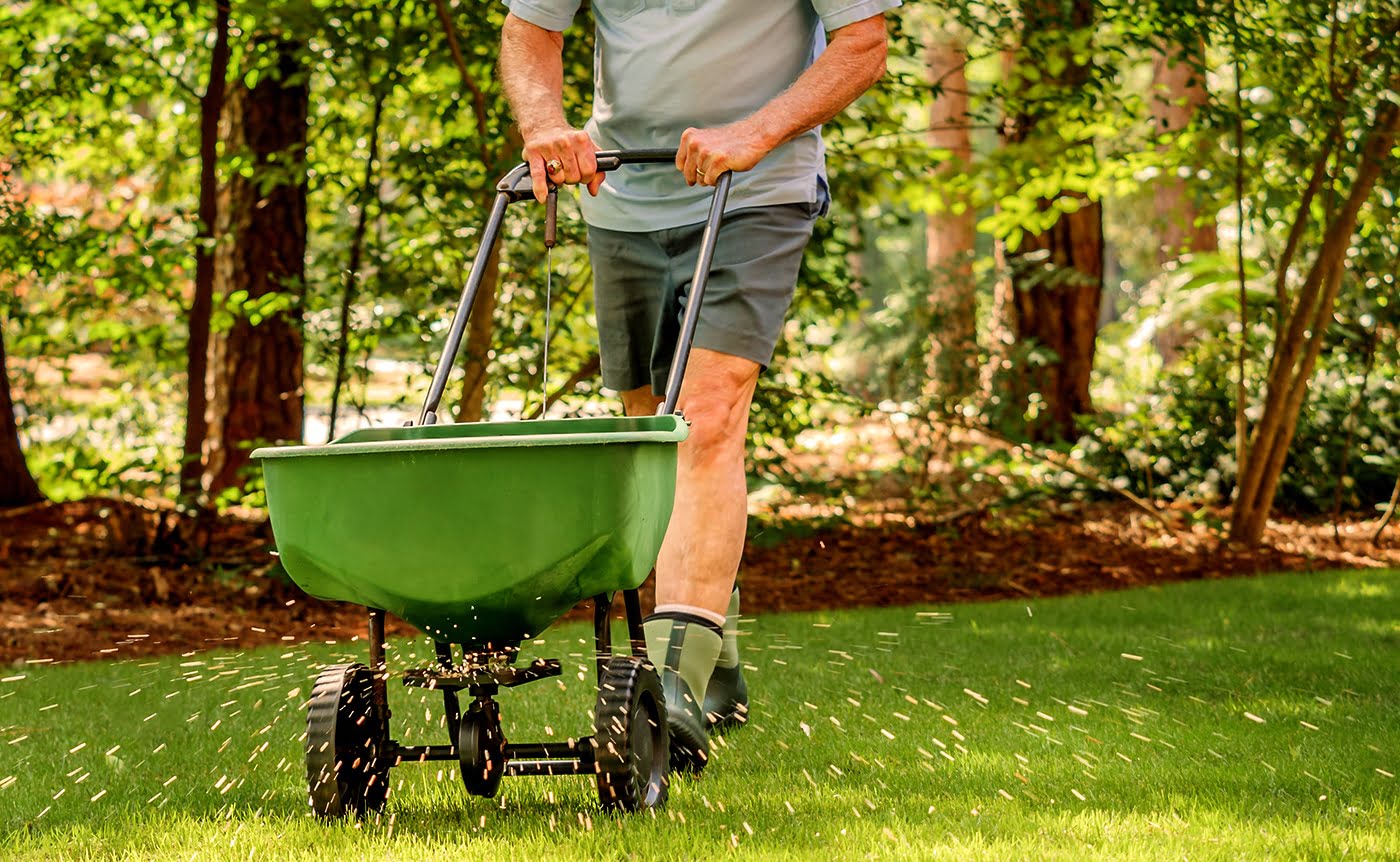
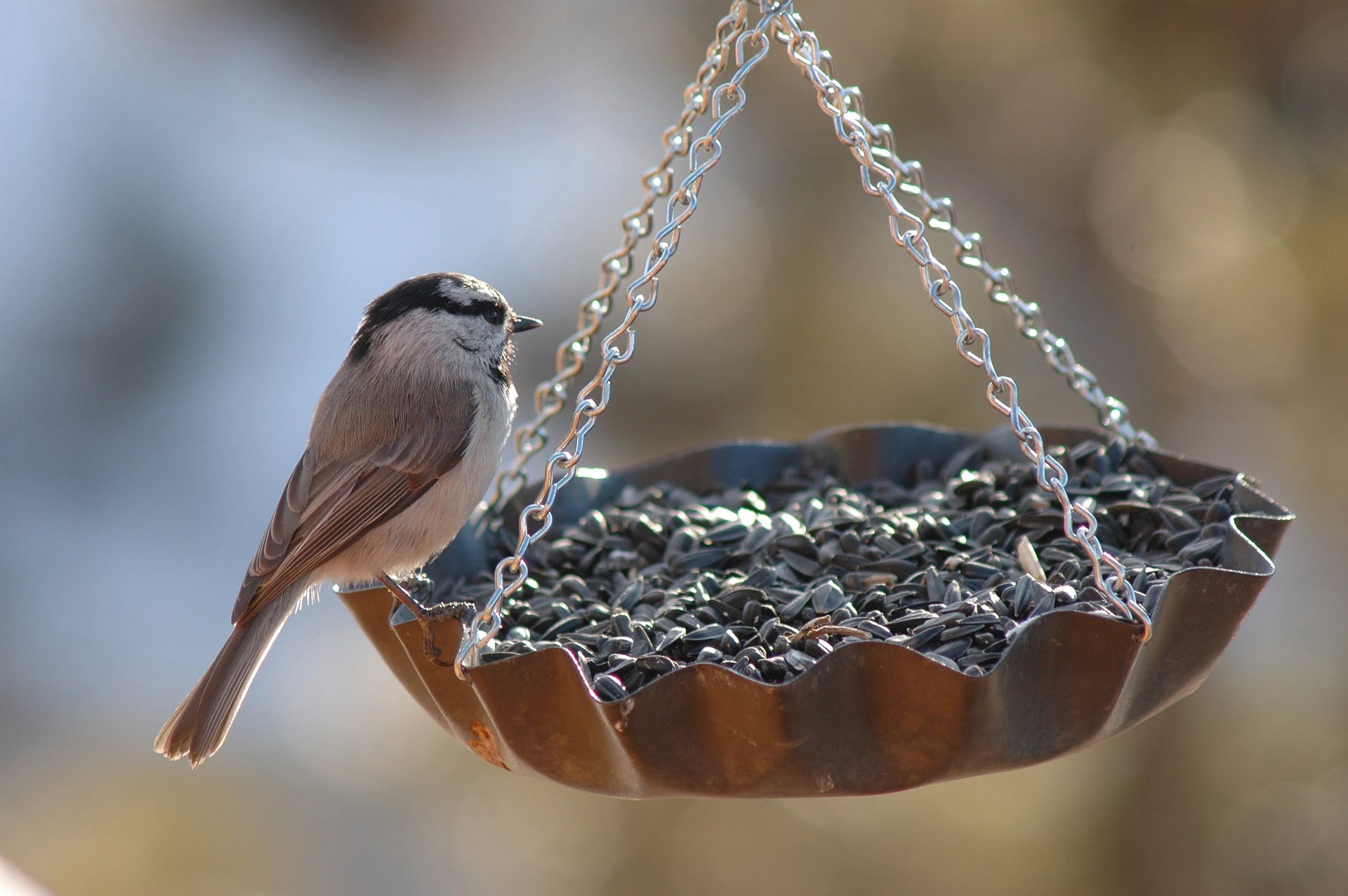

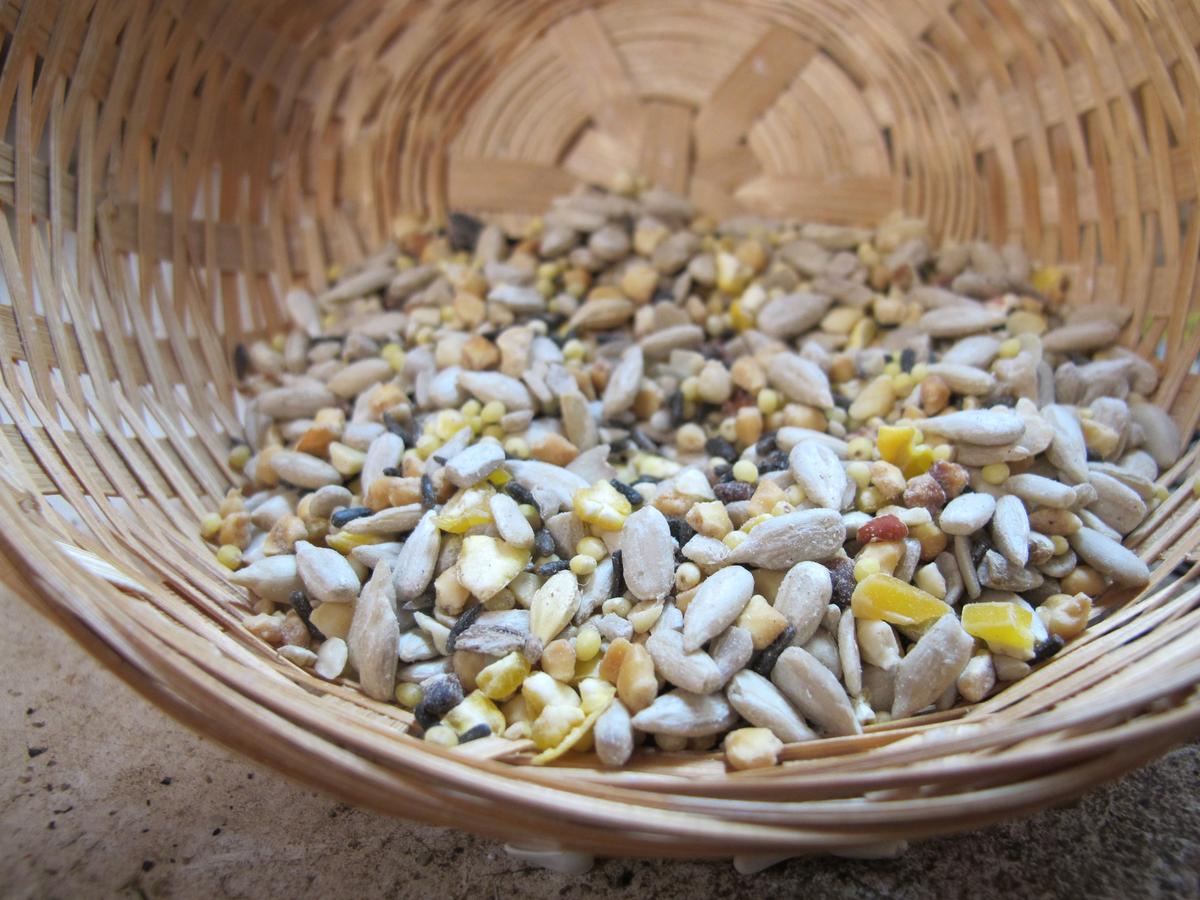

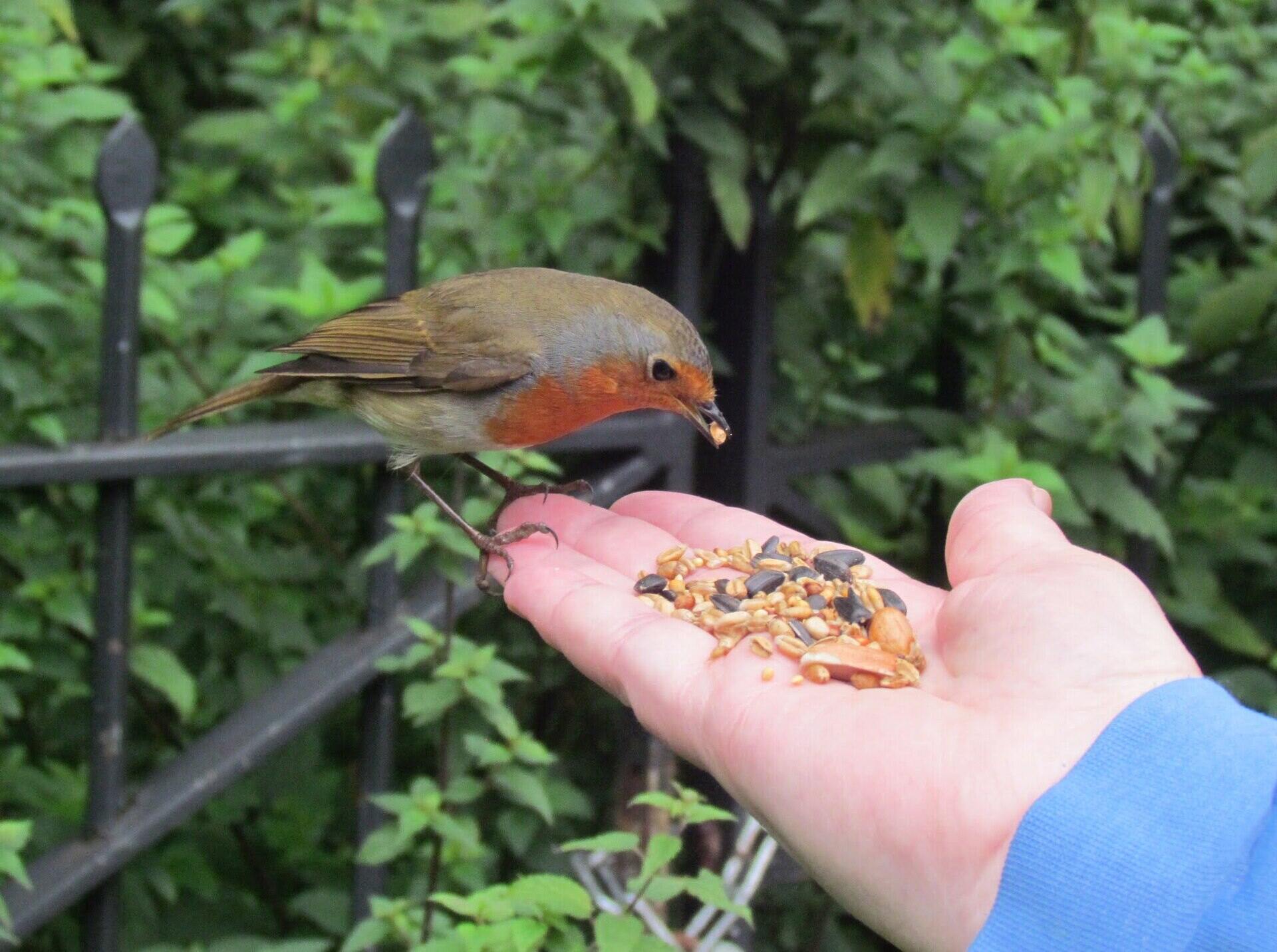
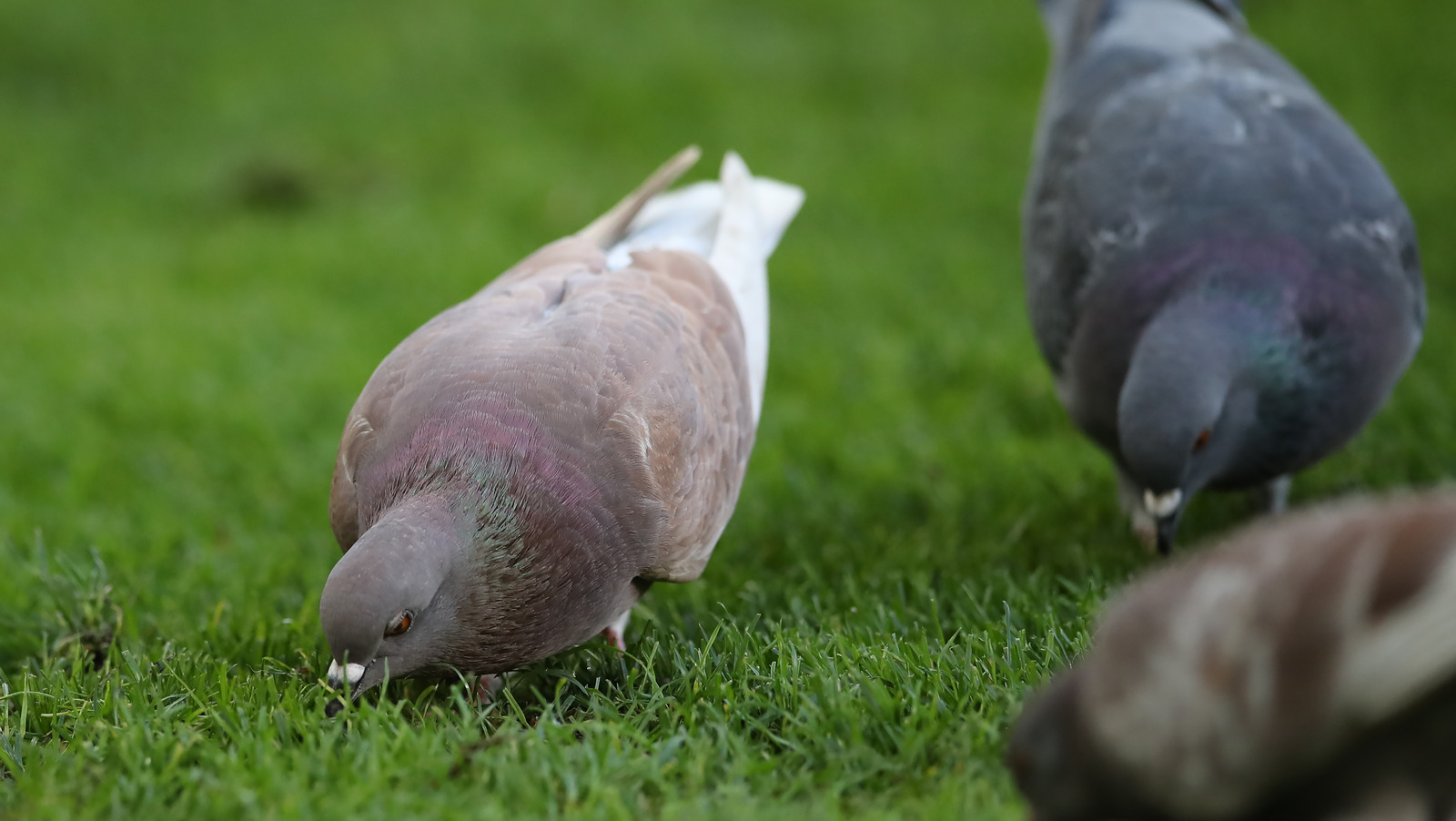
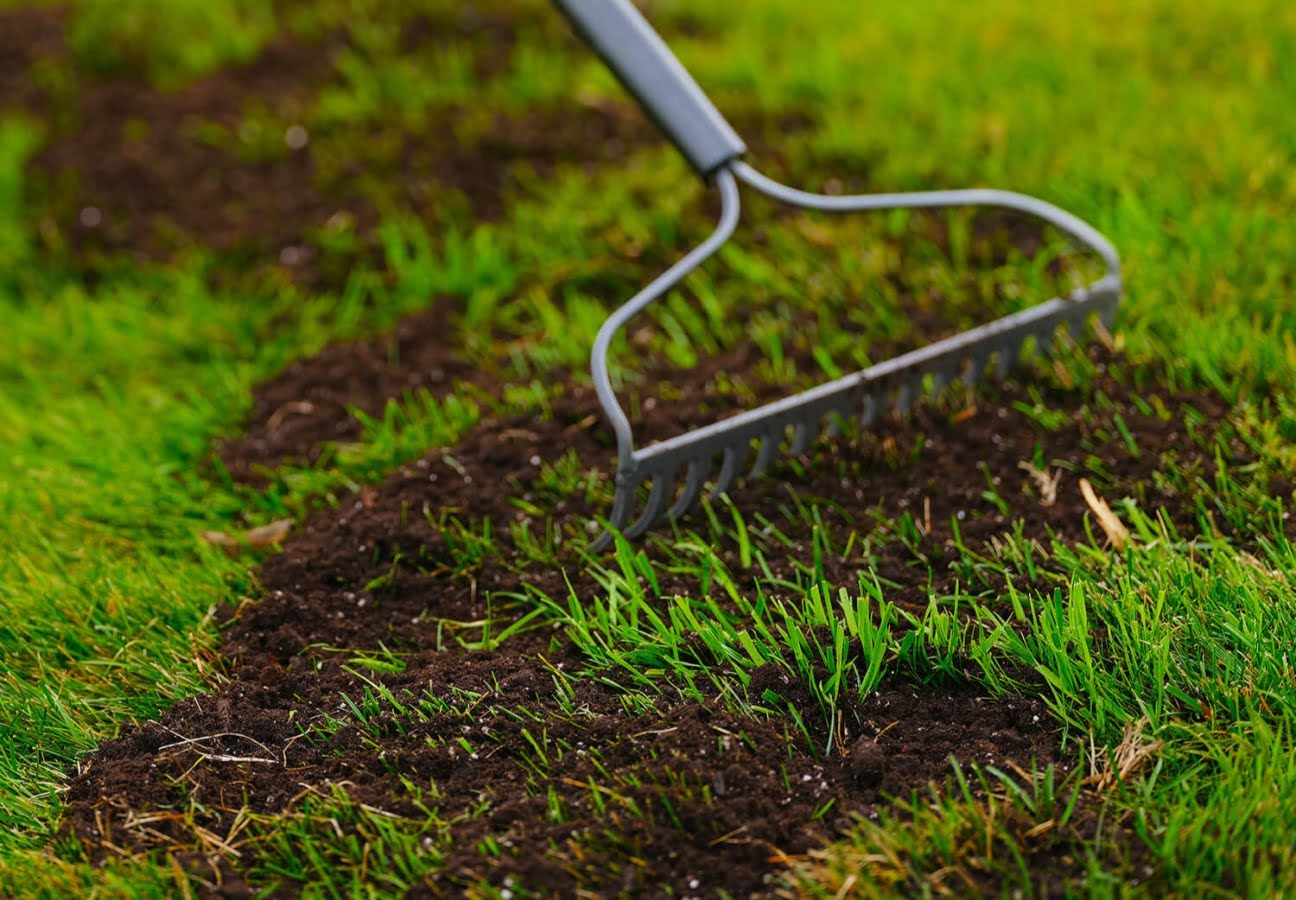
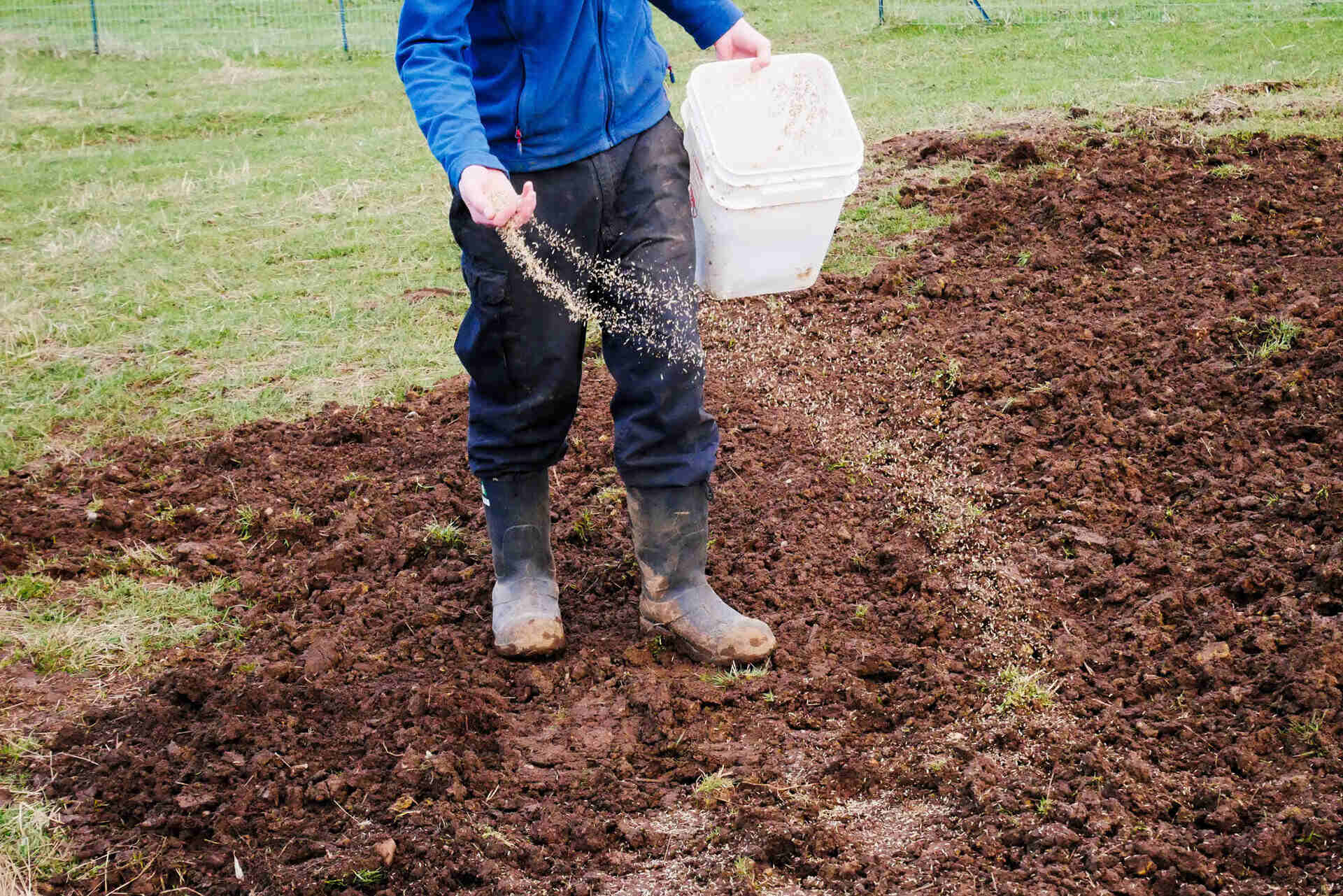
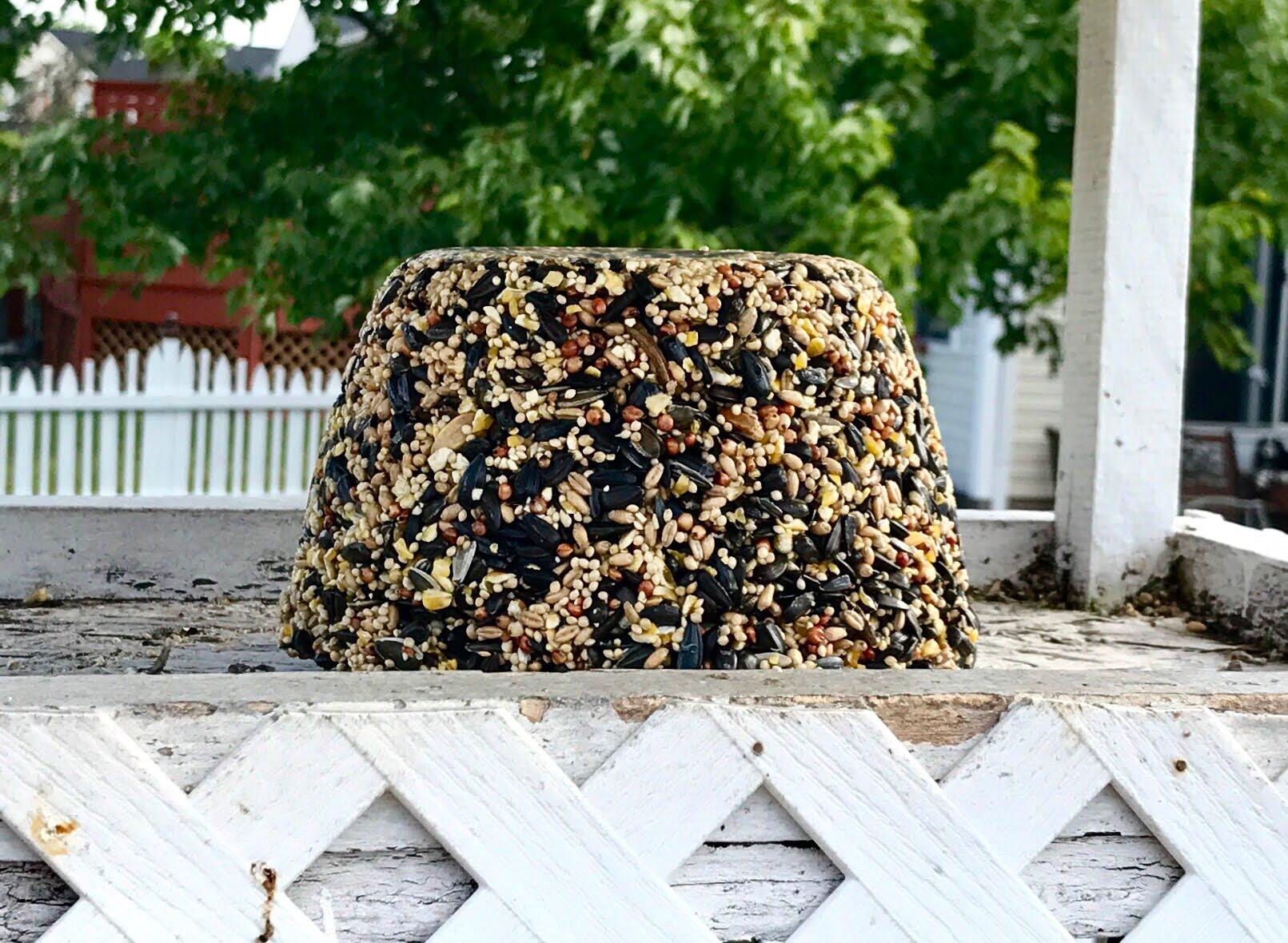

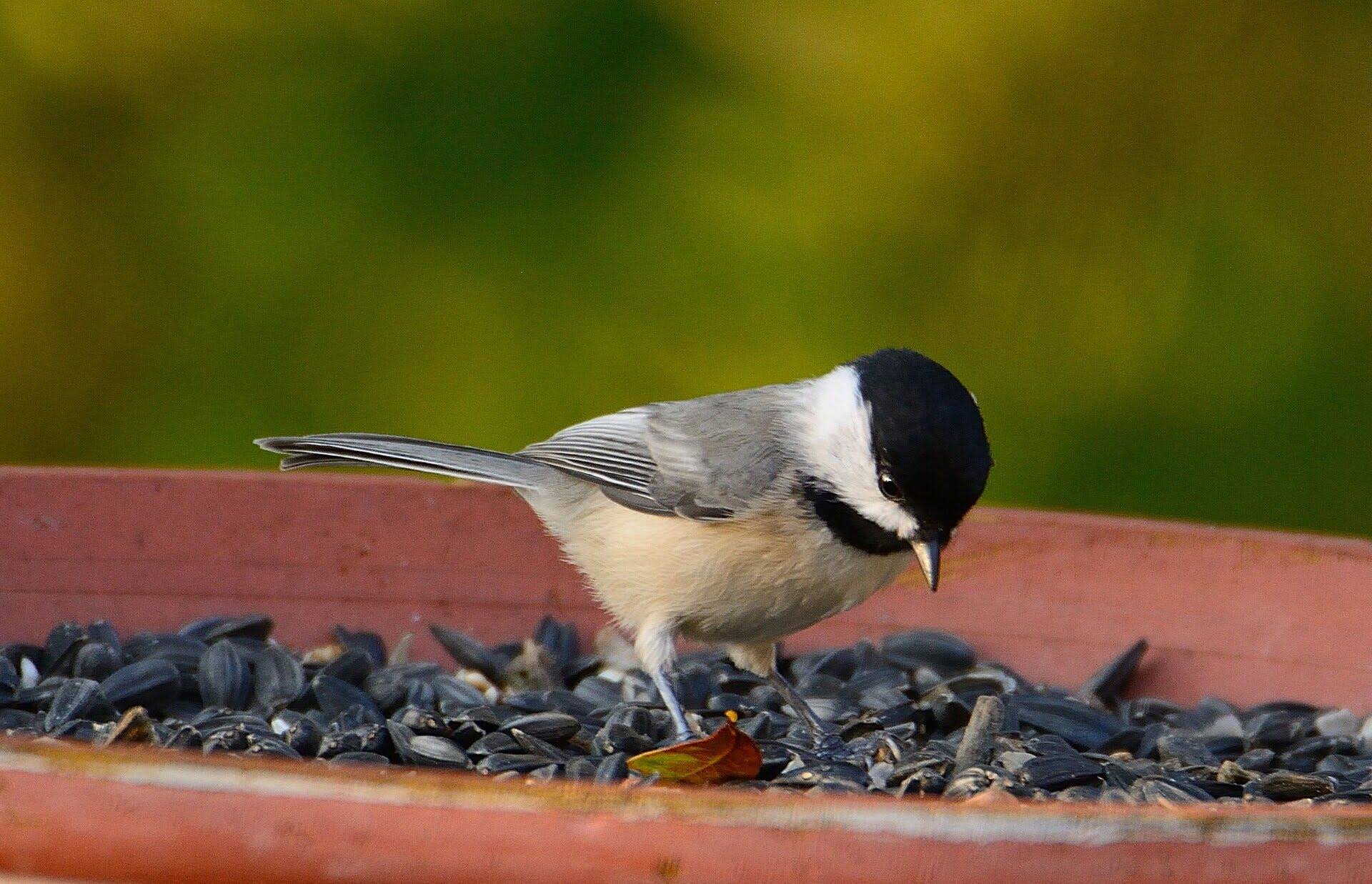


0 thoughts on “How Do Birds Help Spread The Seeds Of Berries”